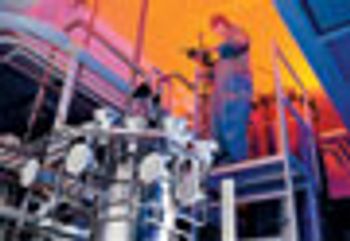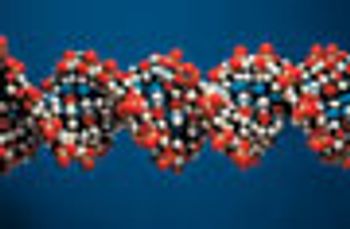As we've shown, biopharmaceutical companies have many options when they choose an expression system: bacteria, yeasts, insect or mammalian cells, and transgenics. Each system has its advantages and disadvantages. Company decision makers must ask themselves several important questions: How much product must be made? How complex is the molecule? Does it require posttranslational modifications to be biologically active? The expression system determines what kind of contaminants will be present and in what quantities. It also determines economic factors: the time scales involved, expression levels obtained, and various regulatory issues. Each potential expression system must be evaluated for its ability to produce economically the maximum amount of biologically active product. Purification methods may be different for products that come from the different host systems. And regulators are more familiar with some systems than with others.



